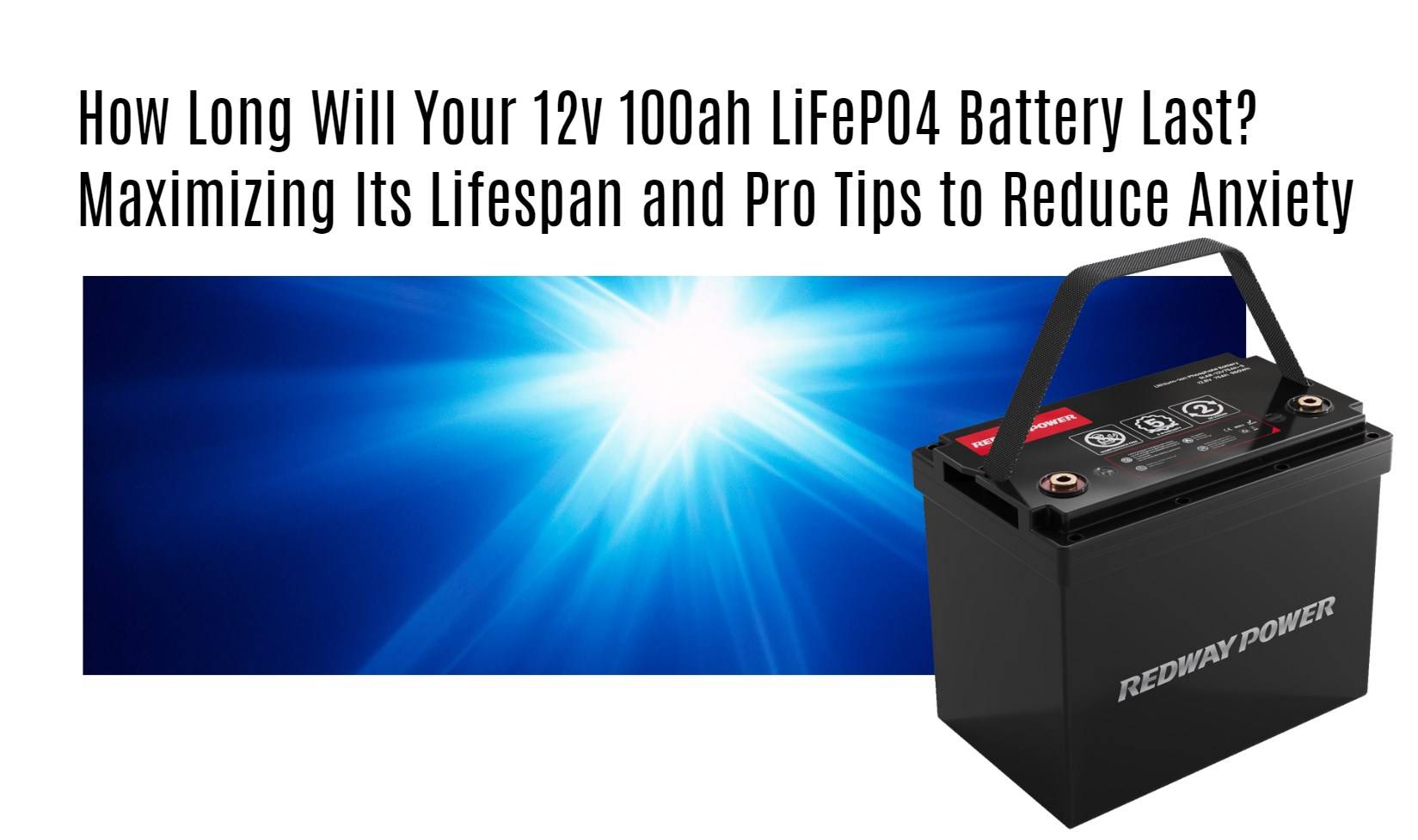A 12V 100Ah lithium iron phosphate (LiFePO4) battery can last between 2000 to 5000 cycles, depending on usage and maintenance. To maximize its lifespan, it’s essential to follow best practices such as proper charging, maintaining optimal temperatures, and avoiding deep discharges. This guide will help you understand how to extend your battery’s life effectively.
How Long Do LiFePO4 Batteries Typically Last?
LiFePO4 batteries are known for their impressive longevity. Typically, a well-maintained 12V 100Ah LiFePO4 battery can provide over 3000 cycles when used correctly, which translates to about 10 years of service under optimal conditions. After this period, the battery may still retain around 80% of its original capacity.Chart: Expected Lifespan of Different Battery Types
| Battery Type | Cycle Life (Cycles) | Typical Lifespan (Years) |
|---|---|---|
| Lead-Acid | 500 – 1000 | 3 – 5 |
| AGM | 1000 – 1500 | 5 – 7 |
| Gel | 1000 – 2000 | 5 – 8 |
| LiFePO4 | >3000 | 10+ |
What Factors Affect the Lifespan of a LiFePO4 Battery?
Several factors can influence the lifespan of a LiFePO4 battery:
- Depth of Discharge (DoD): Regularly discharging below 20% can shorten its life.
- Charging Practices: Overcharging or using incorrect chargers can damage cells.
- Temperature Conditions: Extreme temperatures can lead to performance degradation.
- Quality of Manufacturing: Higher quality batteries from reputable manufacturers tend to last longer.
How Can You Maximize the Lifespan of Your LiFePO4 Battery?
To ensure your battery lasts as long as possible:
- Avoid Deep Discharges: Keep discharges between 20% and 80%.
- Use a Suitable Charger: Always use chargers specifically designed for LiFePO4 batteries.
- Regular Maintenance: Inspect terminals and clean them regularly to prevent corrosion.
- Monitor Temperature: Keep the battery in a temperature range between 0°C and 45°C.
What Are the Best Practices for Maintaining LiFePO4 Batteries?
Best practices include:
- Regular Use and Charging: Regularly use and charge your battery to maintain its health.
- Store Properly: If not in use, store it at around 50% charge in a cool environment.
- Avoid Extreme Conditions: Protect from physical damage and avoid exposure to extreme temperatures.
How Does Temperature Impact LiFePO4 Battery Life?
Temperature significantly affects battery performance:
- High Temperatures: Can accelerate degradation and reduce cycle life.
- Low Temperatures: May decrease efficiency and capacity temporarily but do not cause permanent damage.
Maintaining an optimal operating temperature is crucial for maximizing lifespan.
What Is the Recommended Depth of Discharge for LiFePO4 Batteries?
The recommended depth of discharge for a 12V 100Ah LiFePO4 battery is ideally between 20% and 80%. This practice helps preserve the health of the battery and prolongs its operational life.
How Often Should You Charge Your LiFePO4 Battery?
It is advisable to charge your battery regularly, ideally after each use or when it drops below 20% capacity. Avoid letting it fully discharge frequently, as this can lead to reduced lifespan over time.
Tips for Battery Wholesale Buyers
When considering wholesale purchases:
- Research Reputable Manufacturers: Choose suppliers known for quality products and reliable service.
- Evaluate Safety Standards: Ensure compliance with international safety regulations.
- Consider OEM Options: Collaborate with manufacturers like Redway Battery, recognized for their tailored solutions.
Established in 2012, Redway Battery specializes in lithium battery manufacturing with a focus on quality and innovation. They offer customized solutions suitable for various applications, including electric vehicles and energy storage systems.
Redway Battery Expert Insight
“At Redway Battery, we focus on delivering high-quality lithium batteries that meet diverse customer needs. Our commitment to innovation ensures that our products provide exceptional reliability and longevity.”This insight reflects Redway’s dedication to providing reliable energy solutions while addressing environmental concerns through cutting-edge technology.
FAQ Section
- How long does a typical 12V 100Ah LiFePO4 battery last?
A well-maintained battery can last over 3000 cycles, translating to about 10 years under optimal conditions. - What factors affect the lifespan of my LiFePO4 battery?
Factors include depth of discharge, charging practices, temperature conditions, and manufacturing quality. - What is the best way to maintain my LiFePO4 battery?
Avoid deep discharges, use suitable chargers, regularly inspect terminals, and maintain an optimal temperature range.




